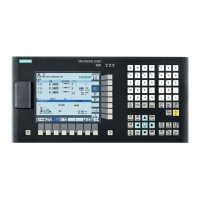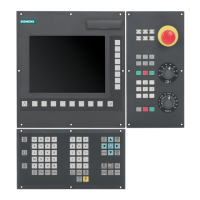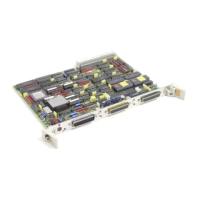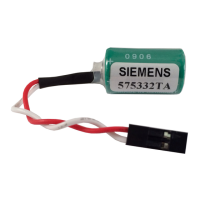Programming and Operating Manual (Milling)
6FC5398-4DP10-0BA6, 09/2017
83
The angle is always referred to the horizontal axis (abscissa) of the plane (for example, with G17: X axis). Positive or
negative angle specifications are possible.
The polar angle remains stored and must only be written in blocks in which it changes, after changing the pole or when
switching the plane.
See the following illustration for polar radius and polar angle with definition of the positive direction in different planes:
Pole definition, programming
Pole specification relative to the setpoint position last programmed (in the plane, e.g. with G17: X/Y)
G111
; Pole specification relative to the origin of the current workpiece coordinate system (in the plane, e.g. with
G17: X/Y)
; Pole specification, relative to the last valid pole; preserve plane
• Pole definitions can also be performed using polar coordinates. This makes sense if a pole already exists.
• If no pole is defined, the origin of the current workpiece coordinate system will act as the pole.
; Pole coordinates in the current work piece coordinate system
; New pole, relative to the last pole as a polar coordinate
Traversing with polar coordinates
The positions programmed using polar coordinates can also be traversed as positions specified with Cartesian coordinates
as follows:
● G0 - linear interpolation with rapid traverse
● G1 - linear interpolation with feedrate
● G2 - circular interpolation CW
● G3 - circular interpolation CCW
(See also Sections "Linear interpolation (Page 91)" and "Circular interpolation (Page 93)".)
